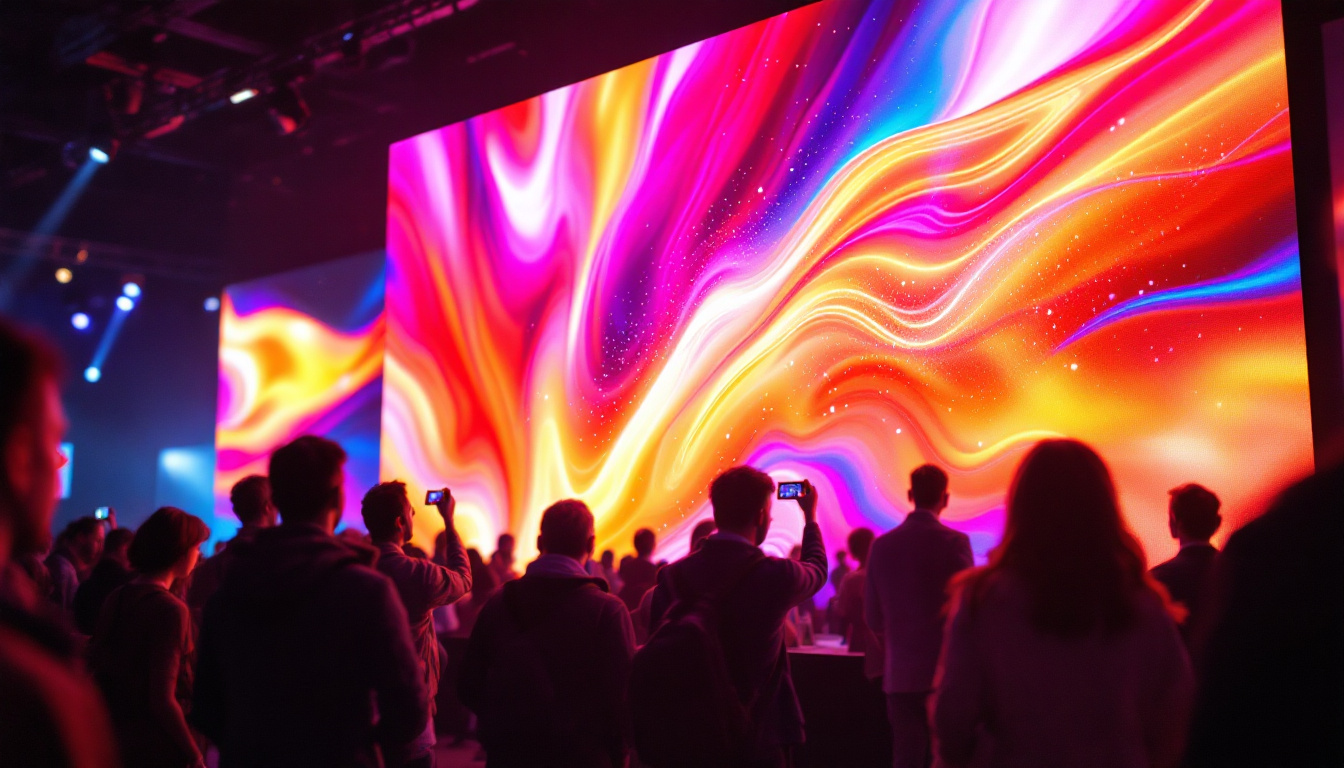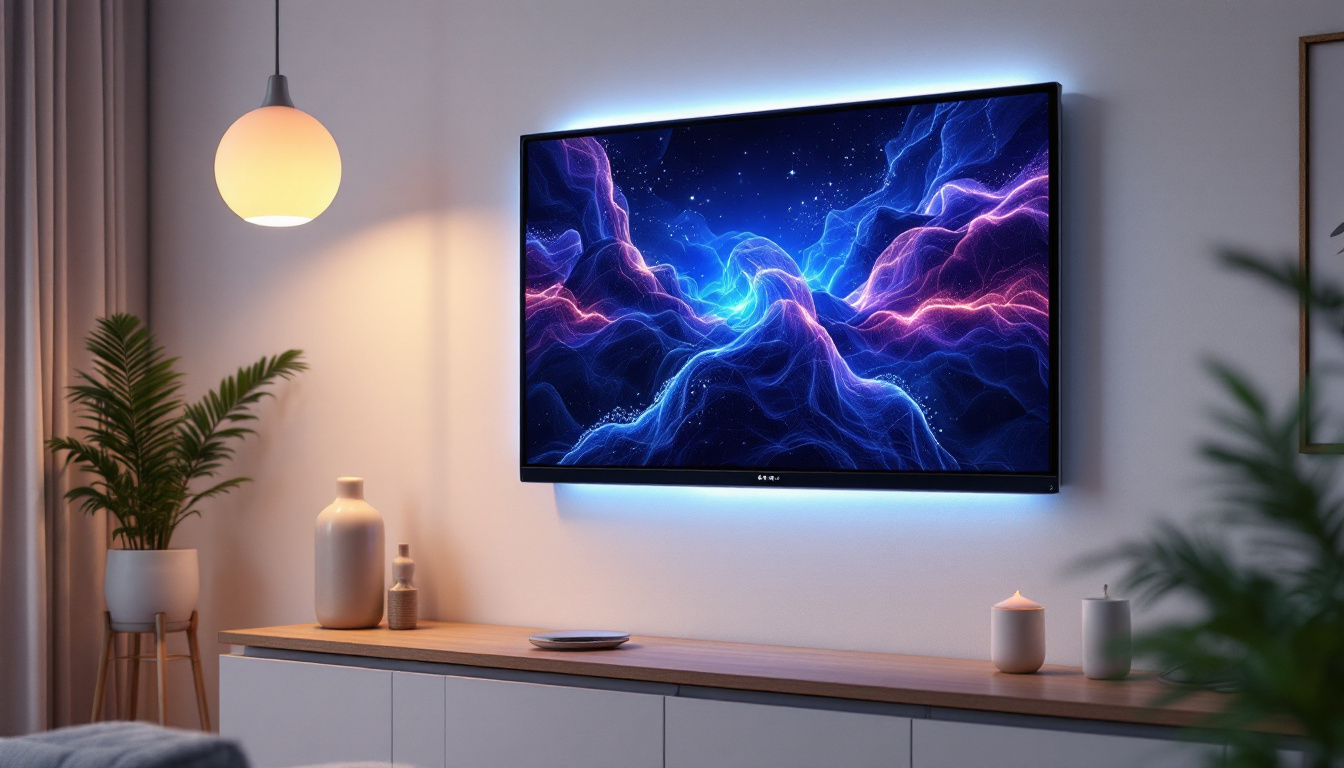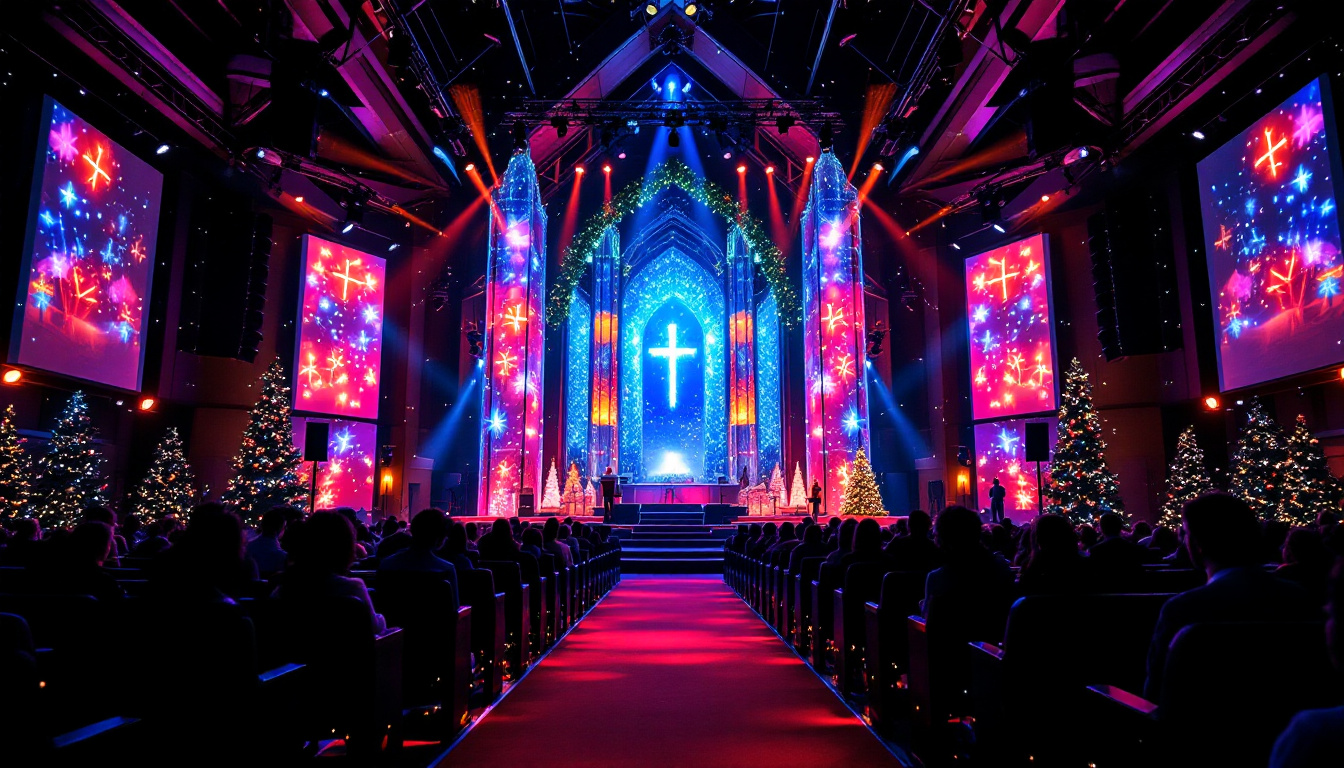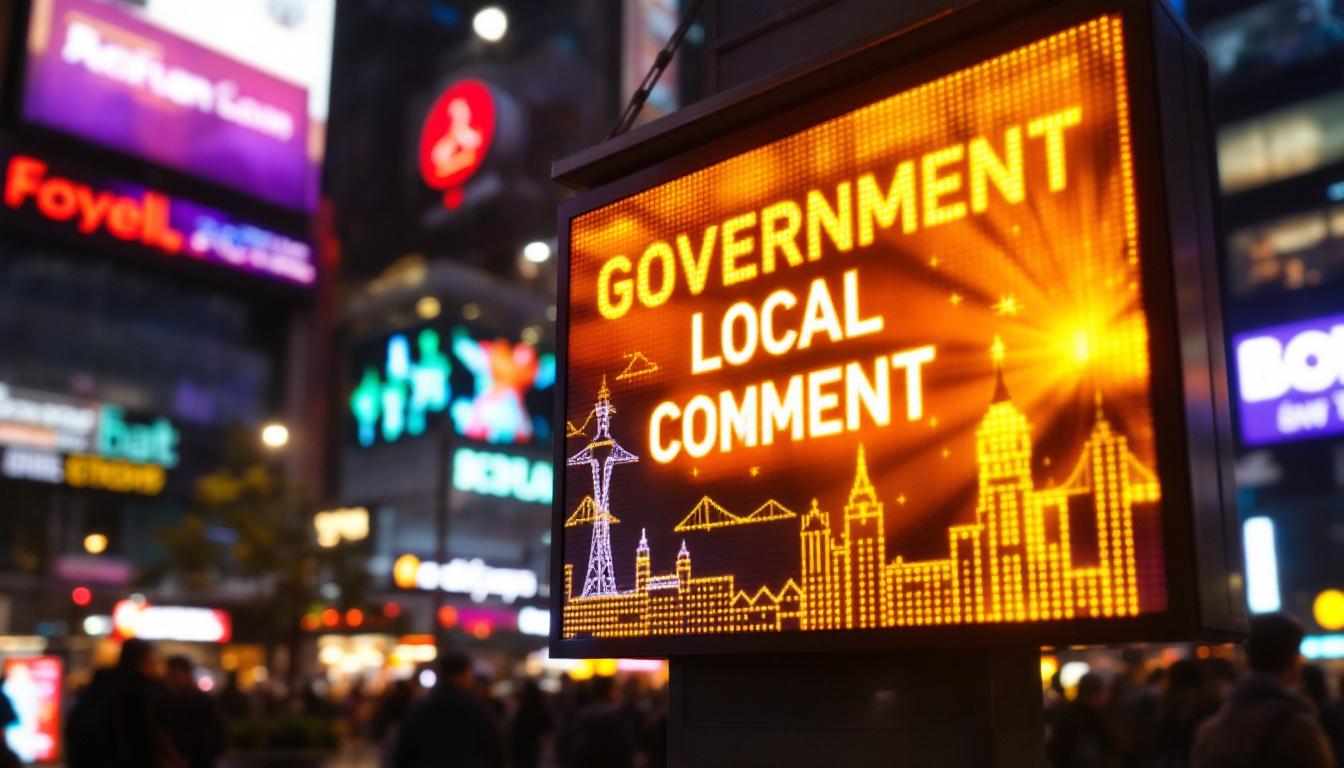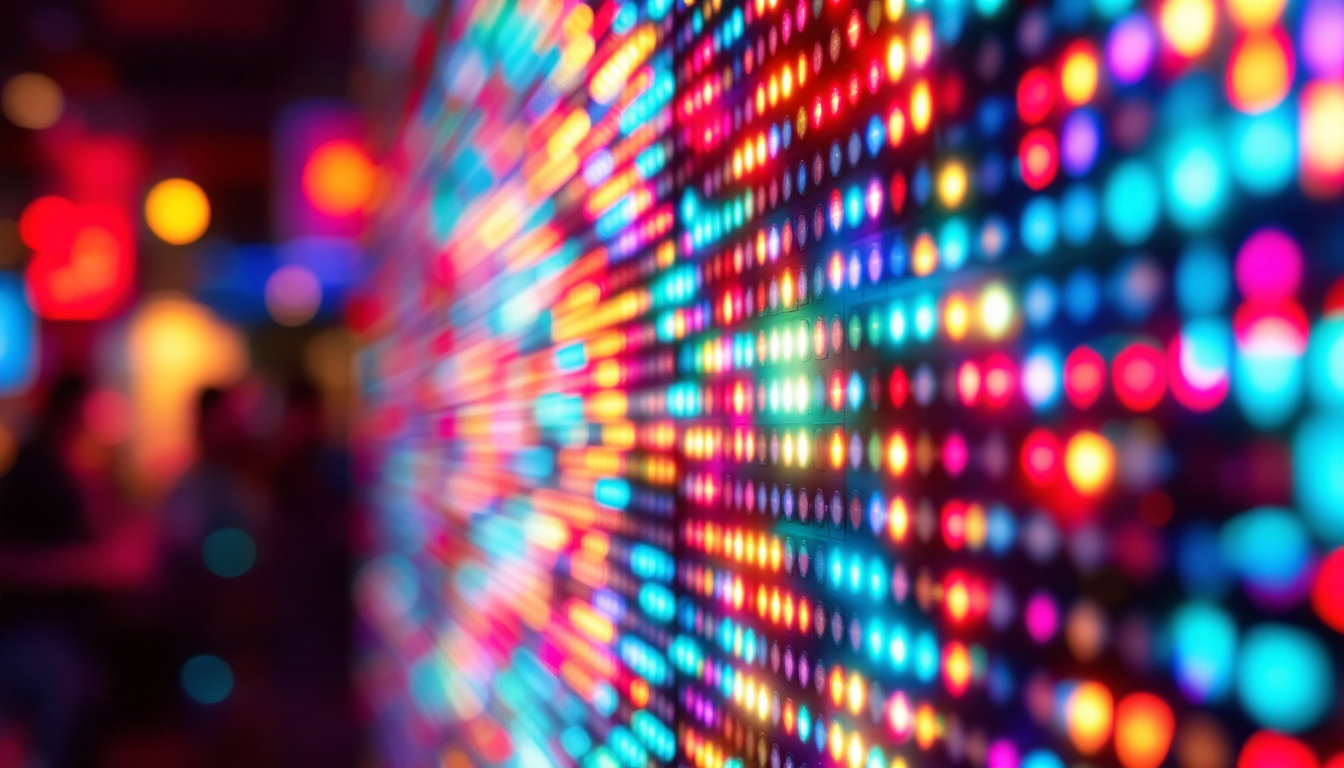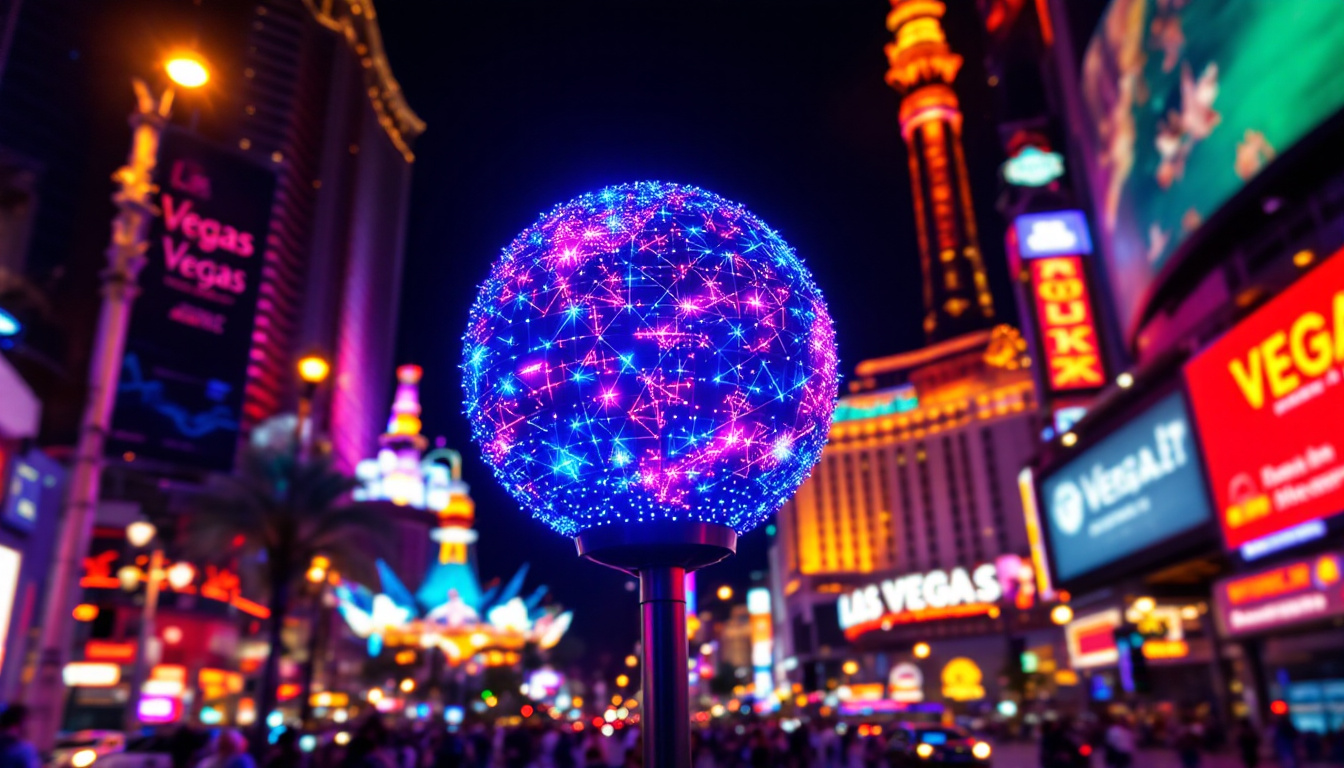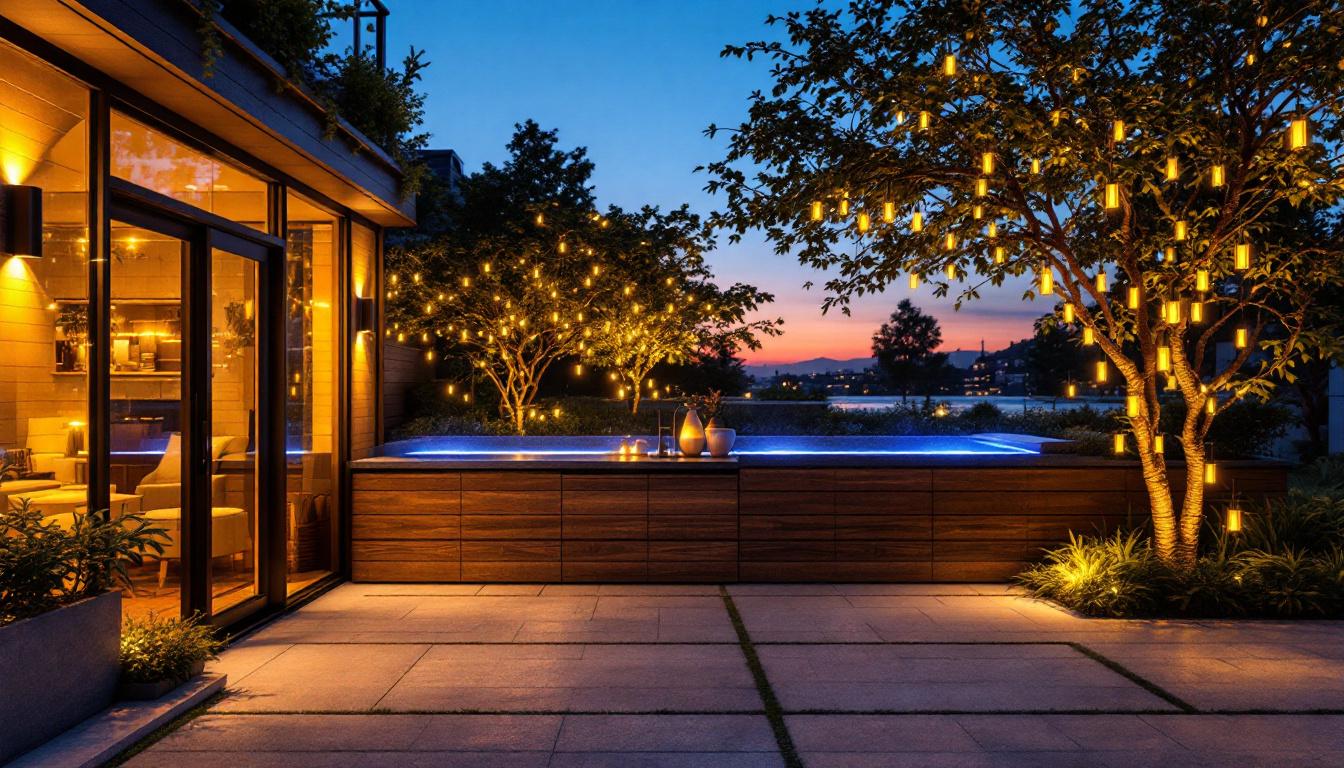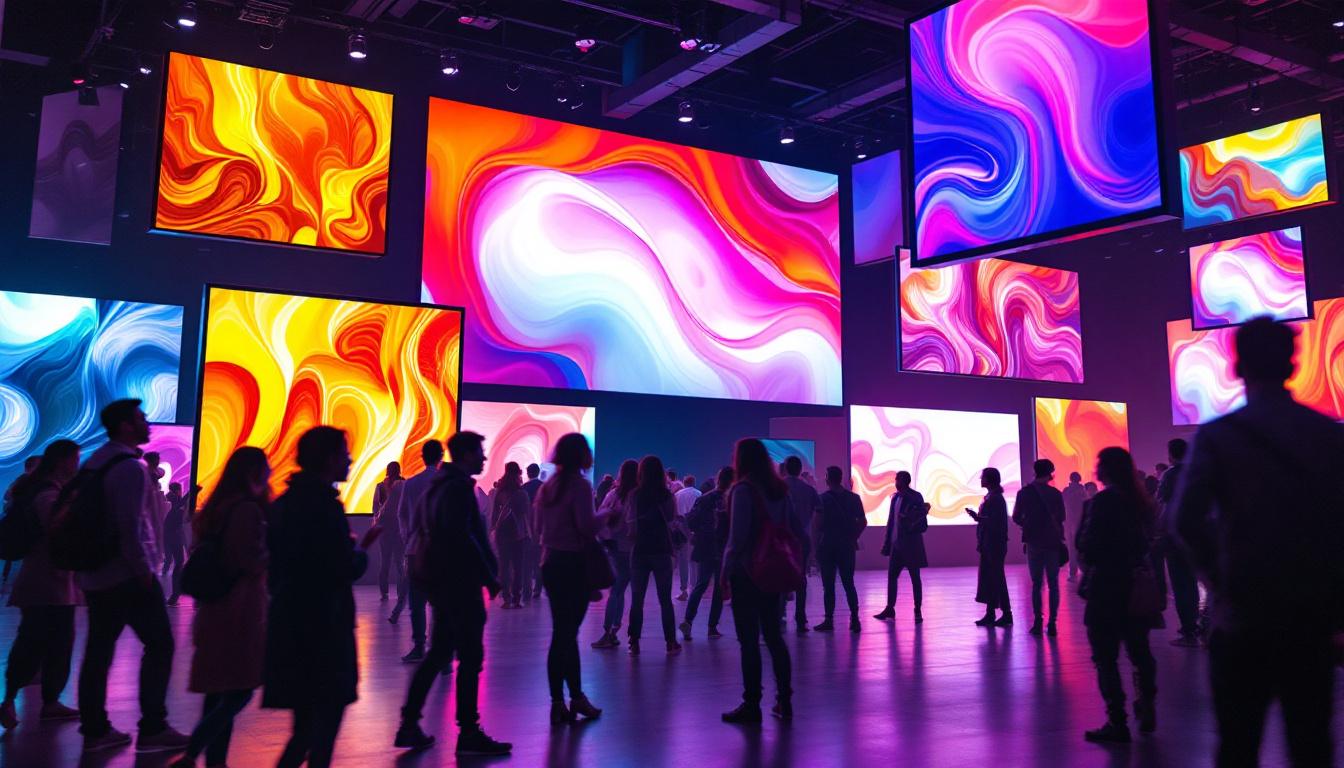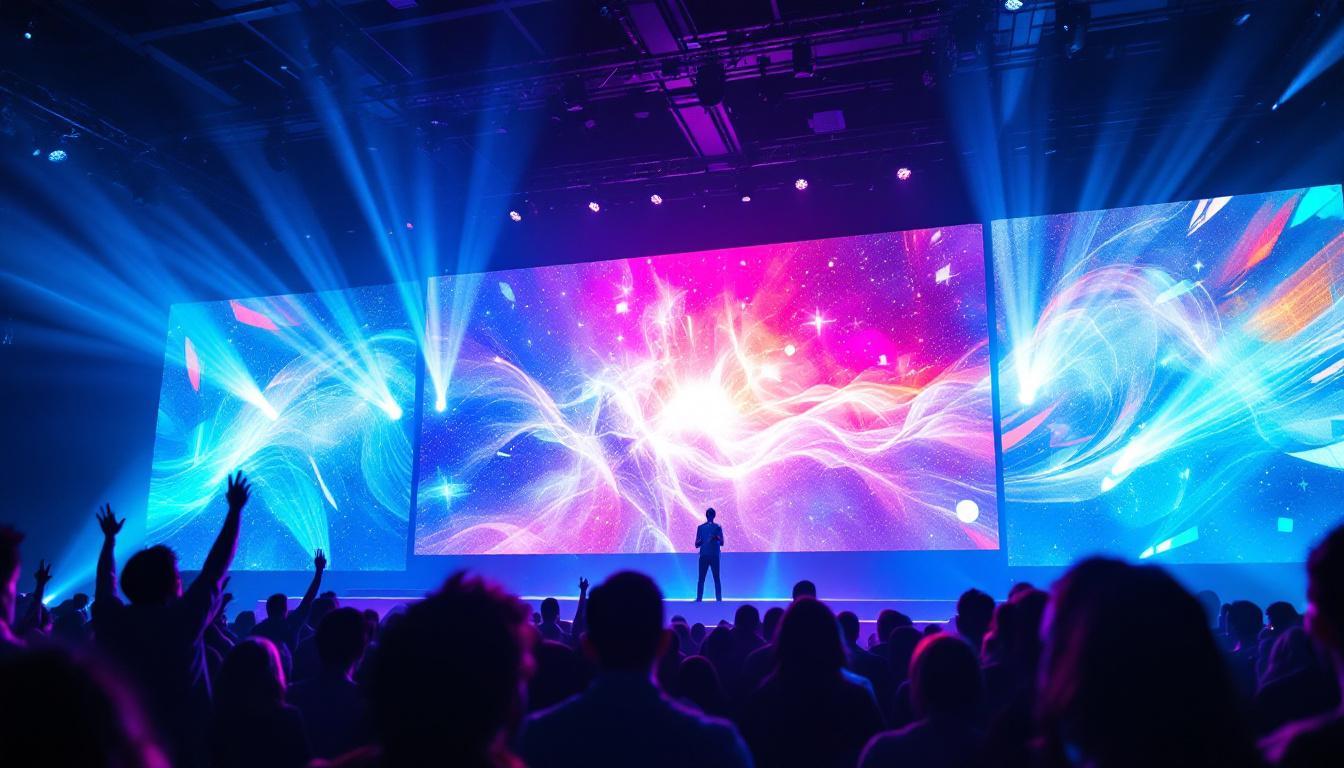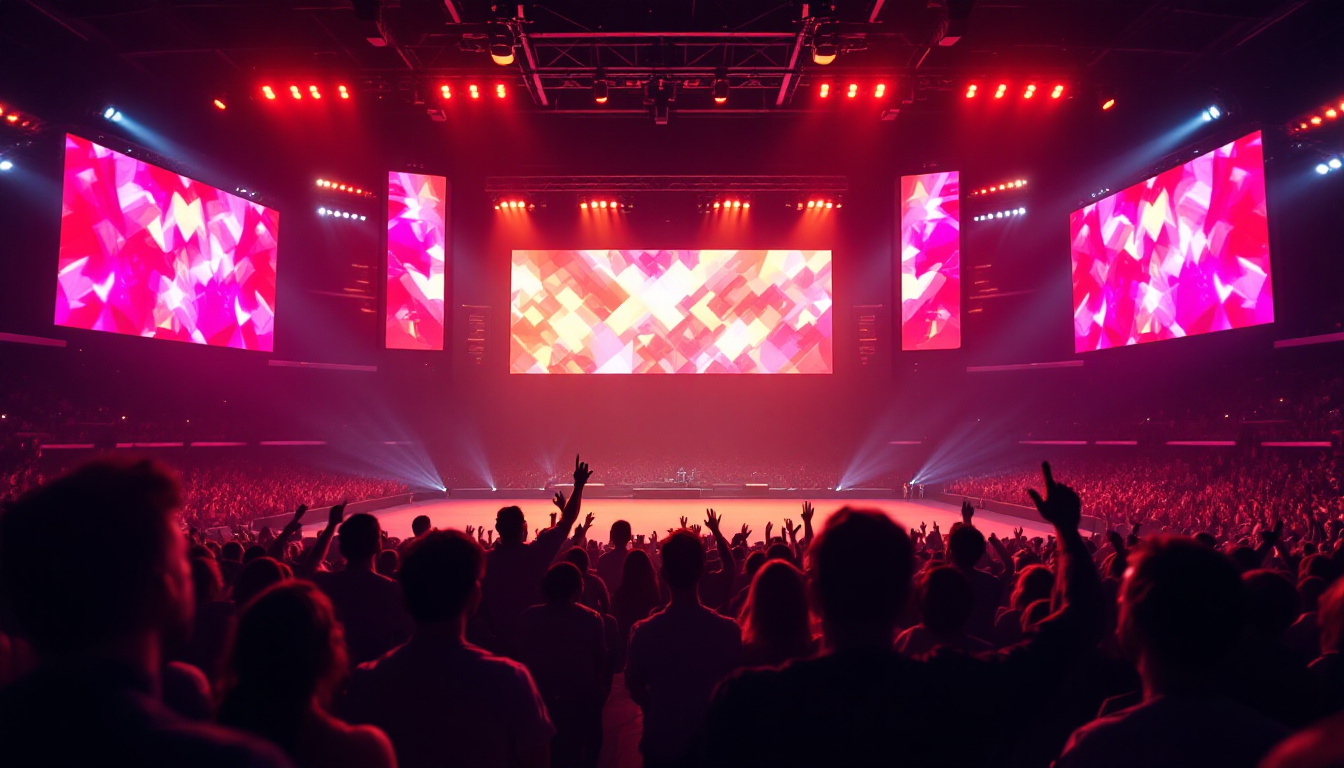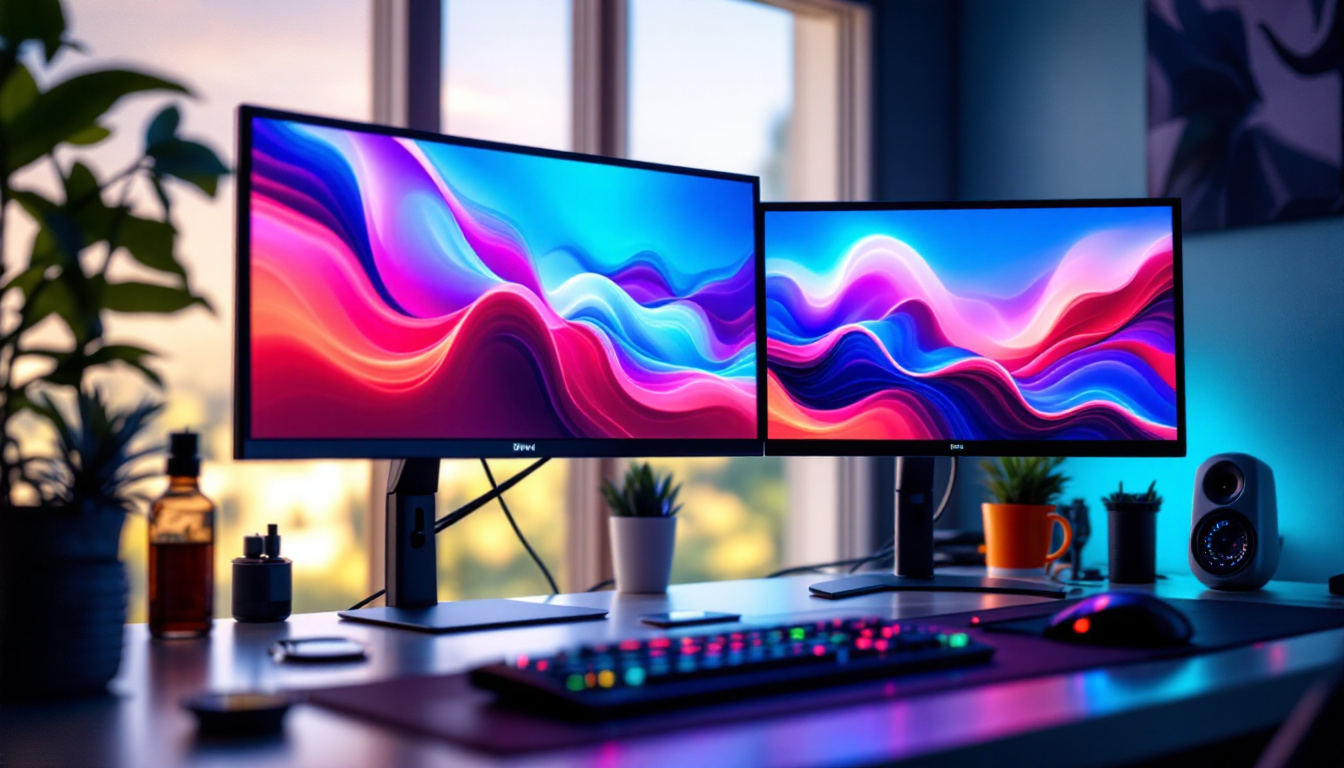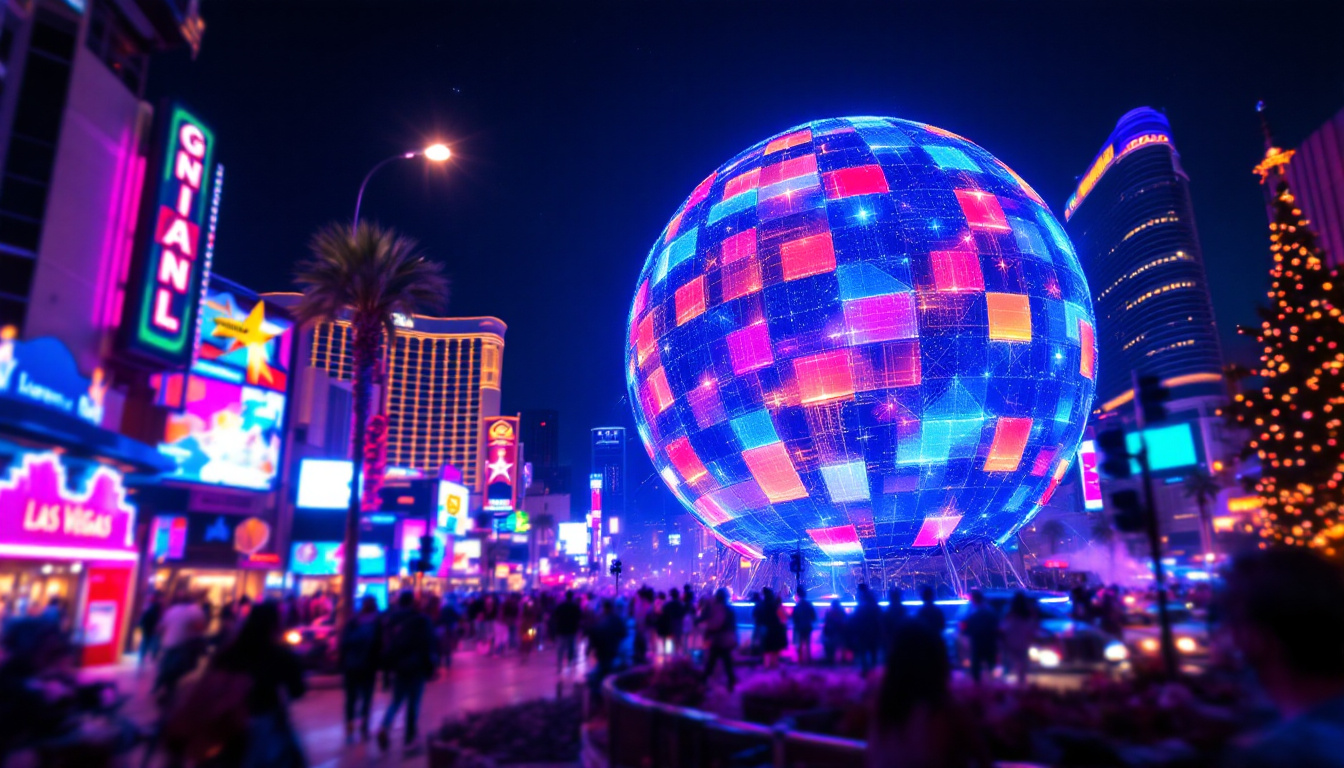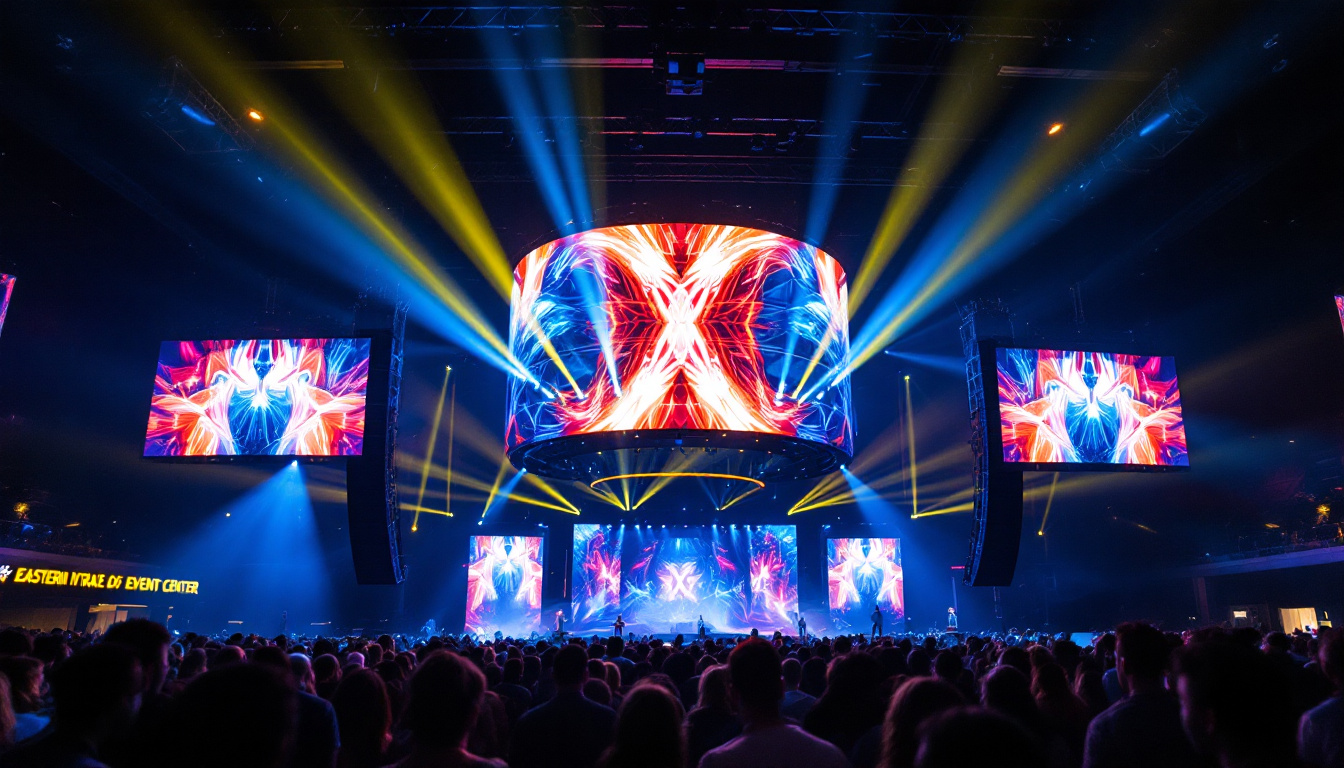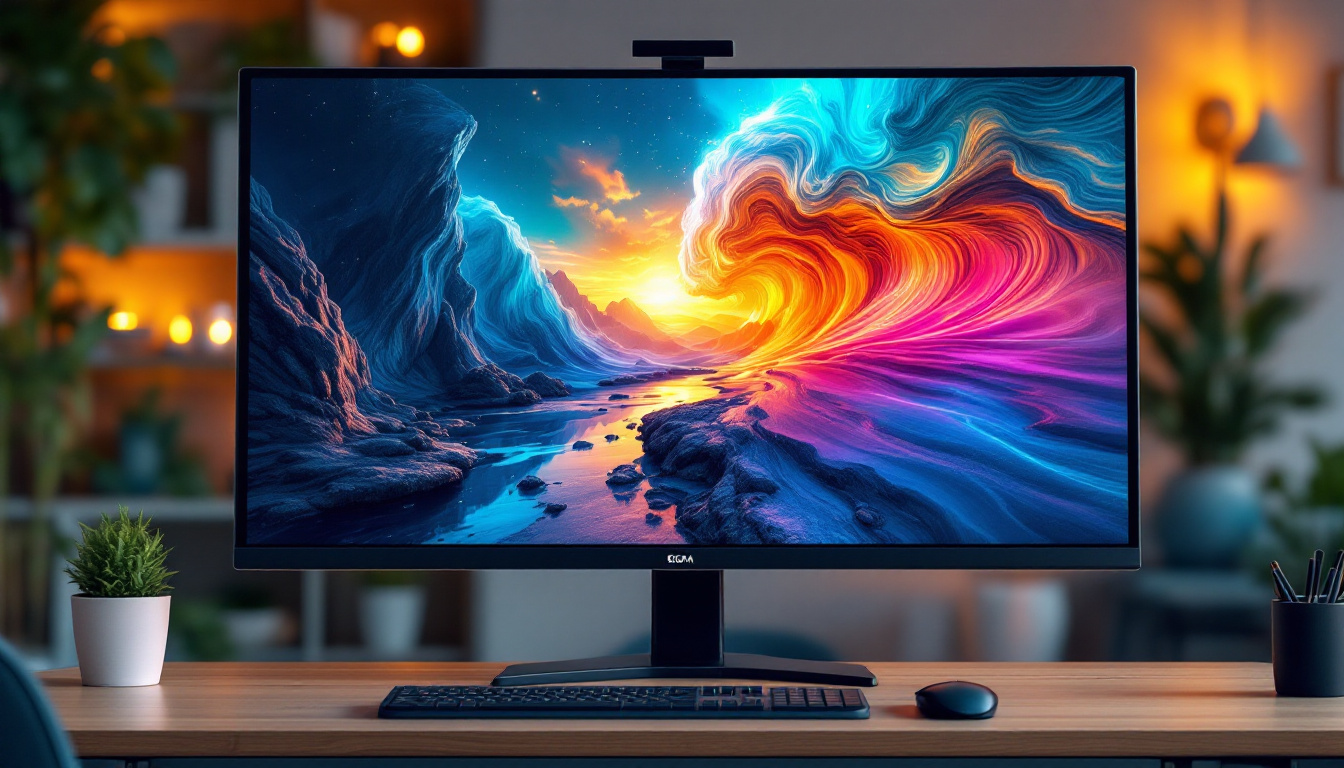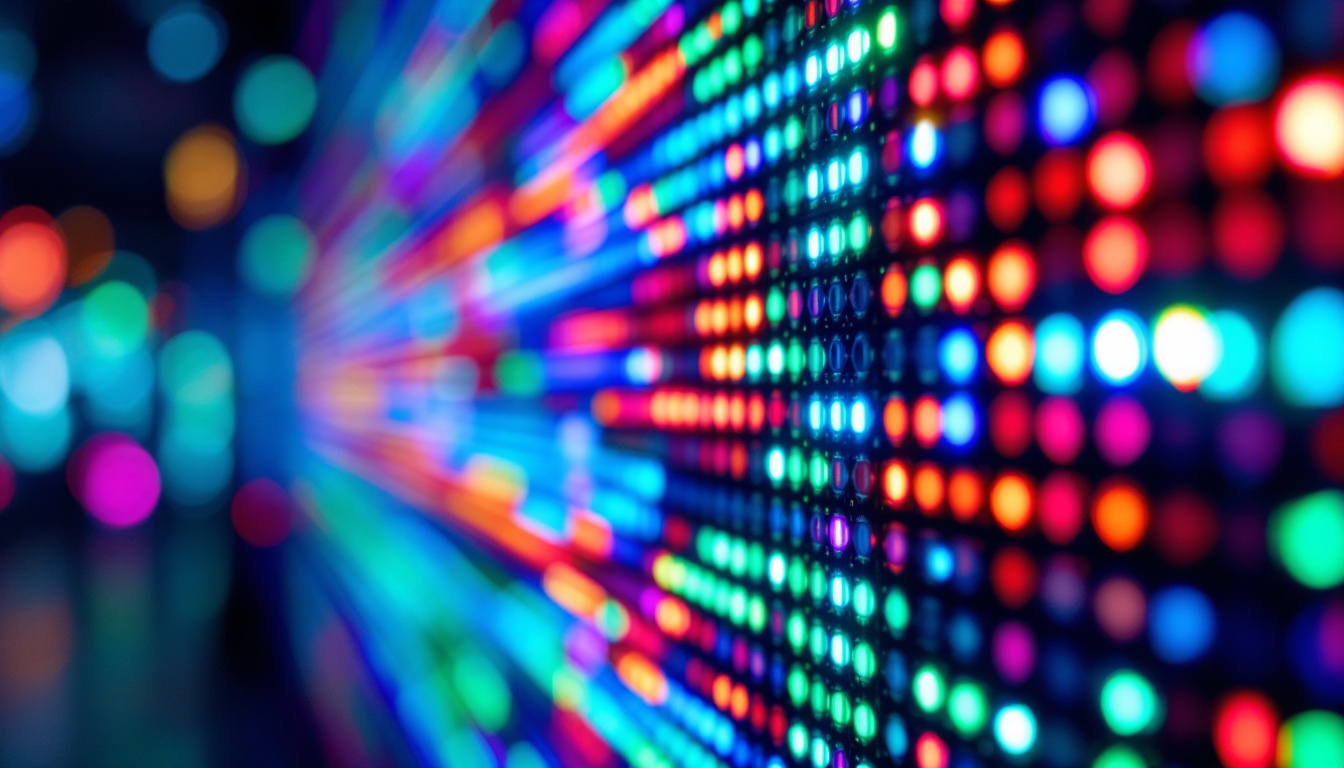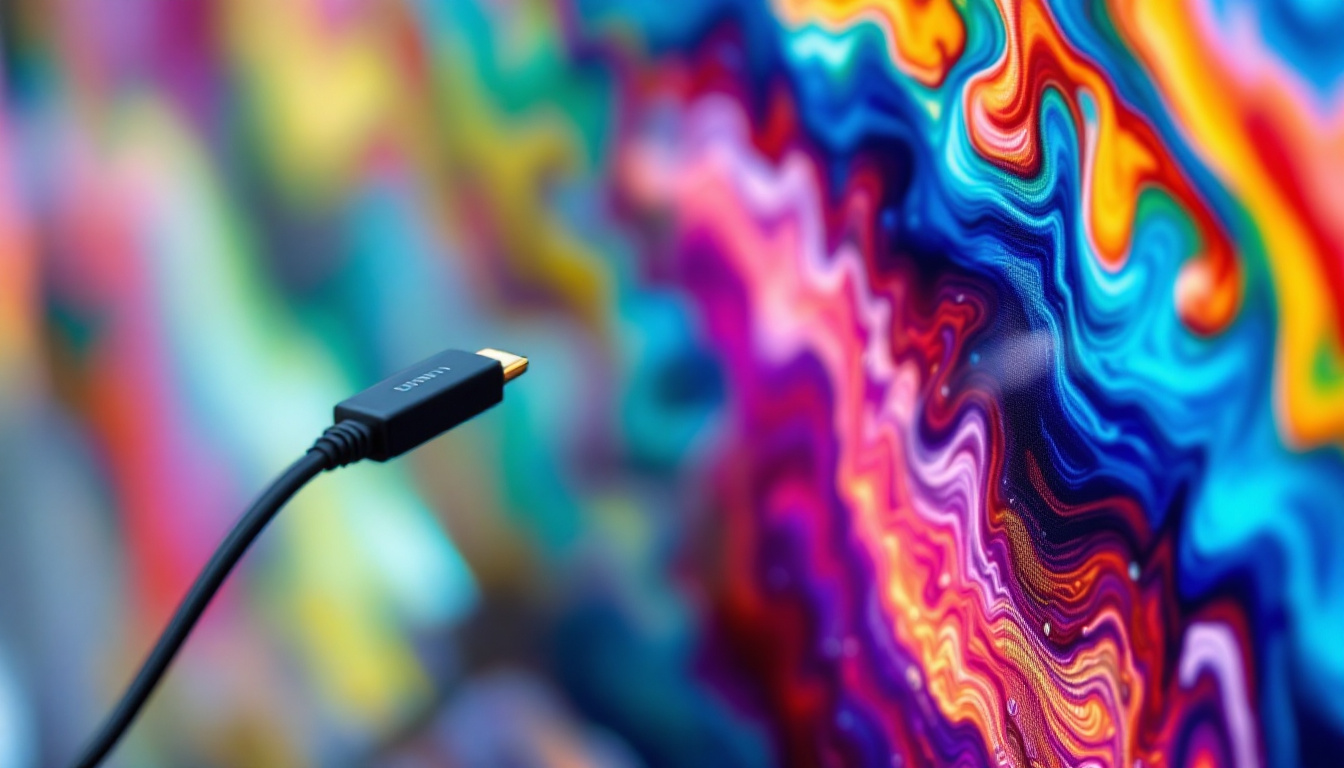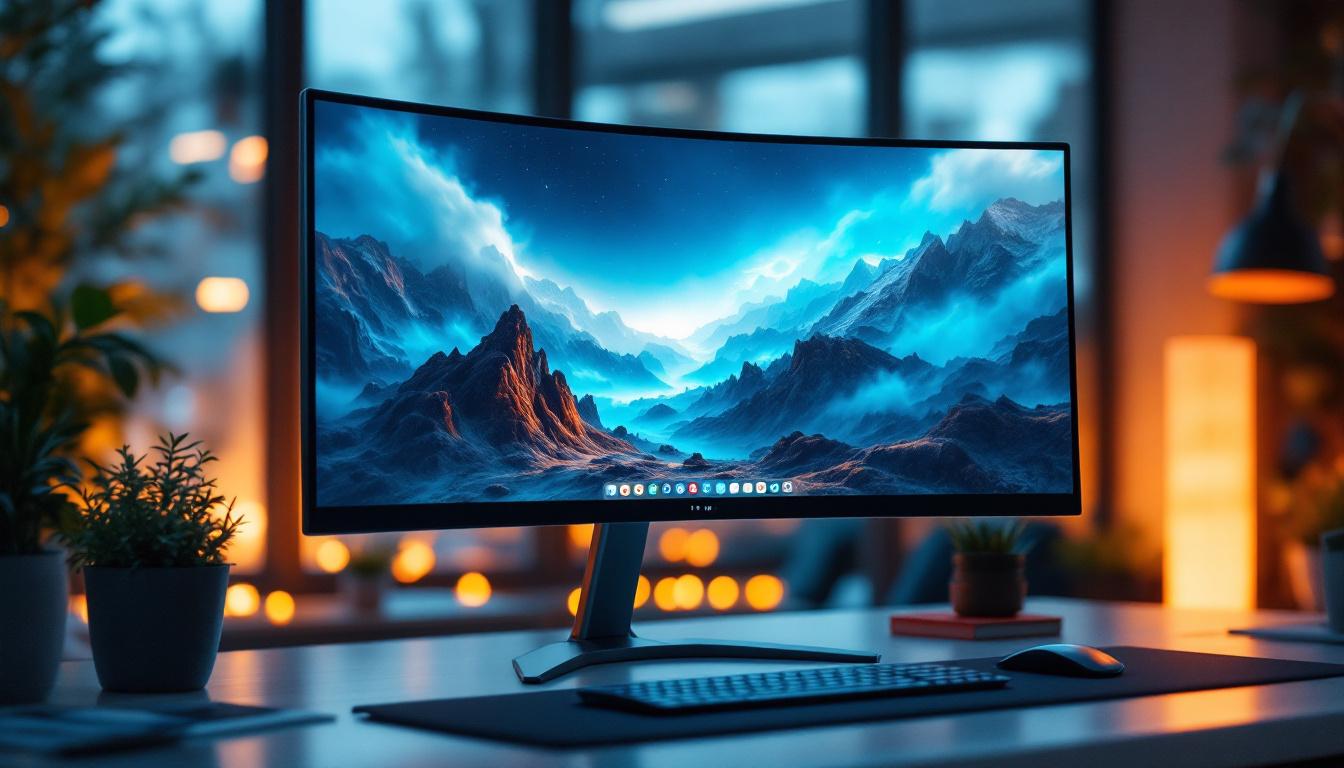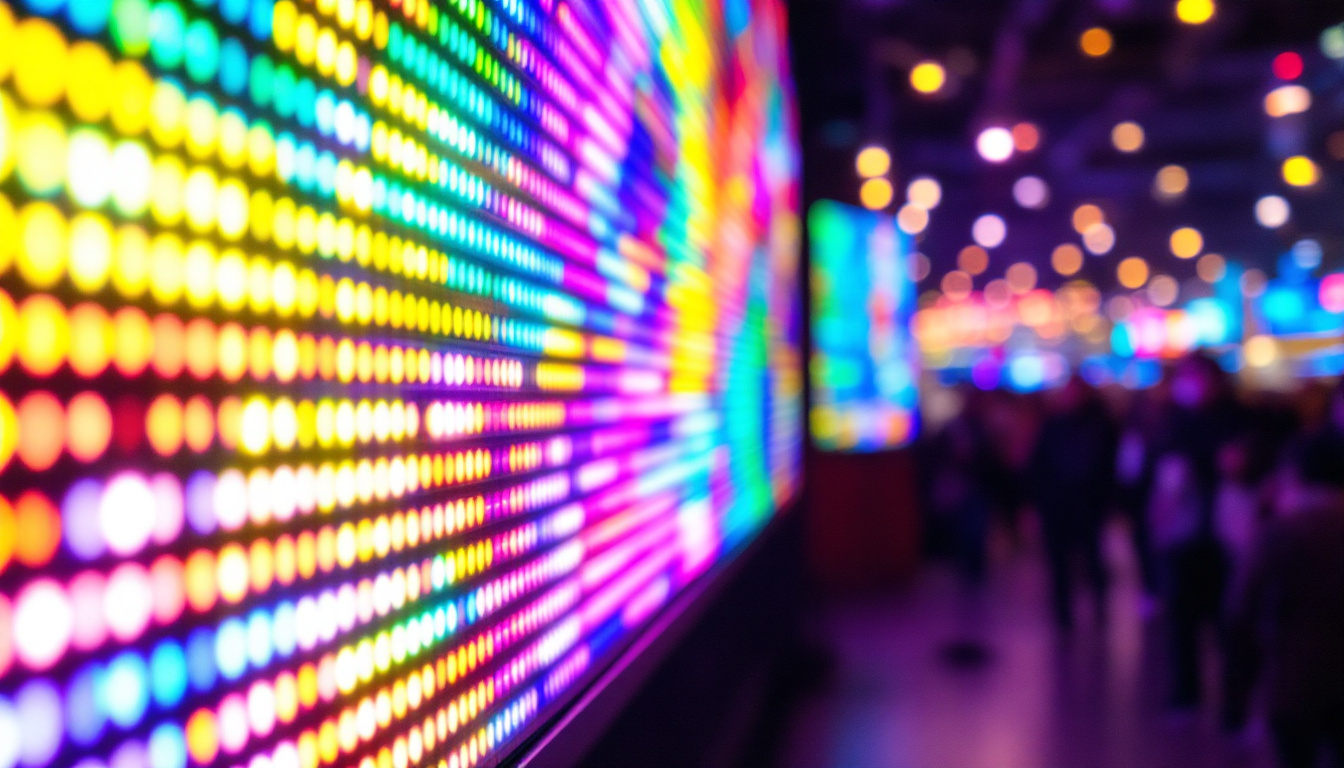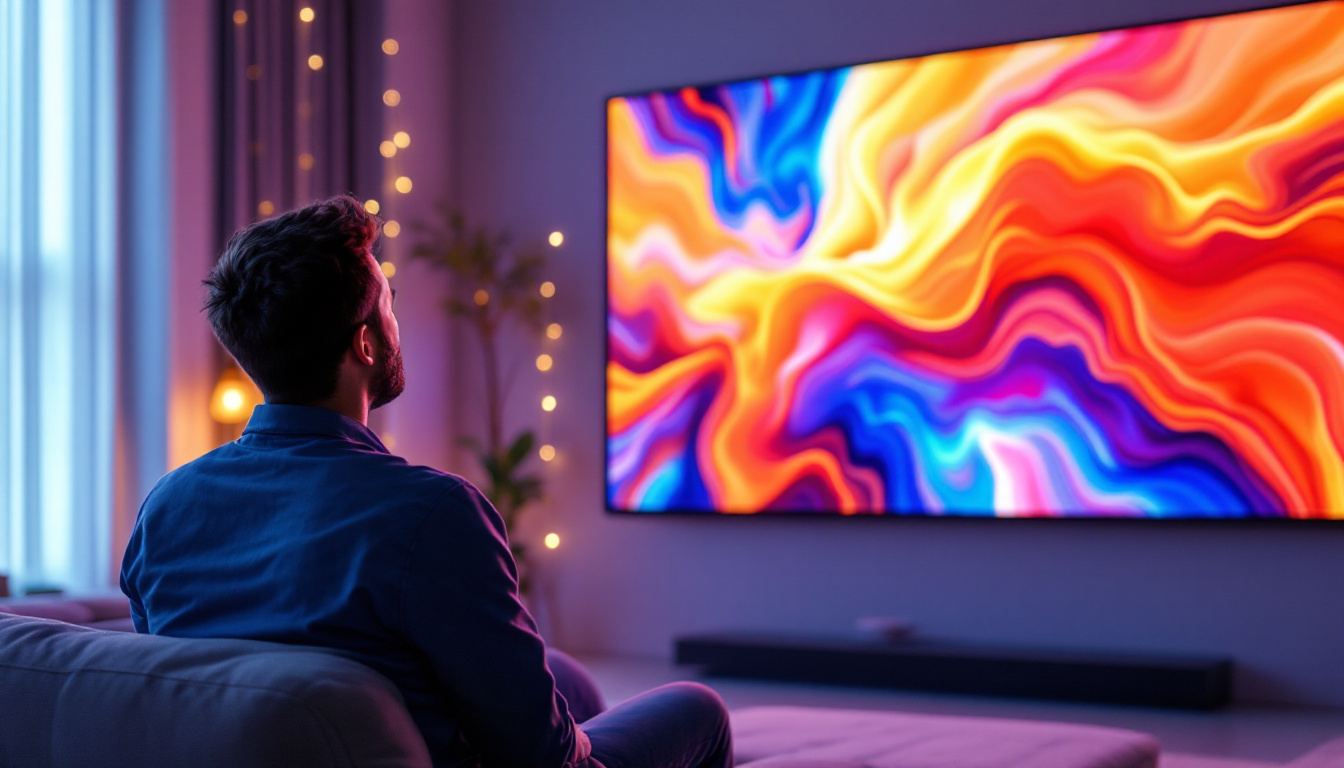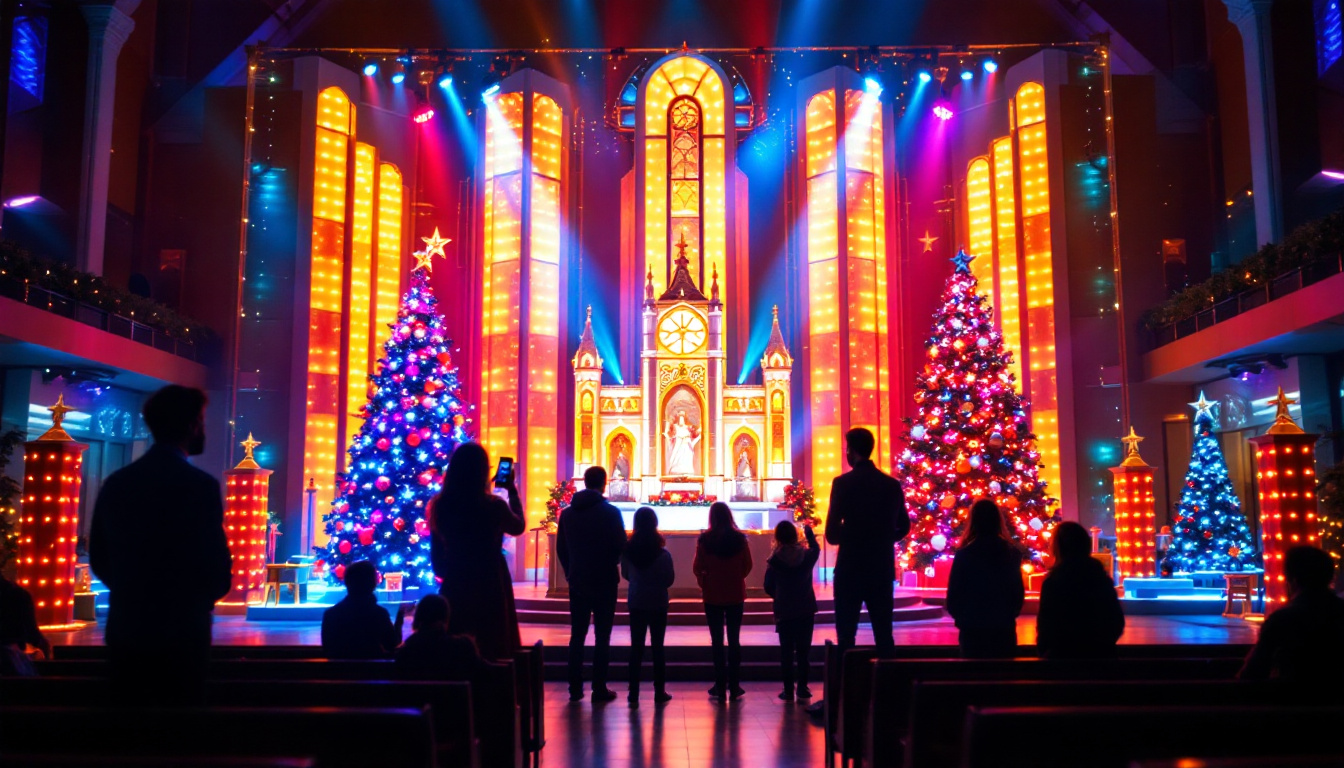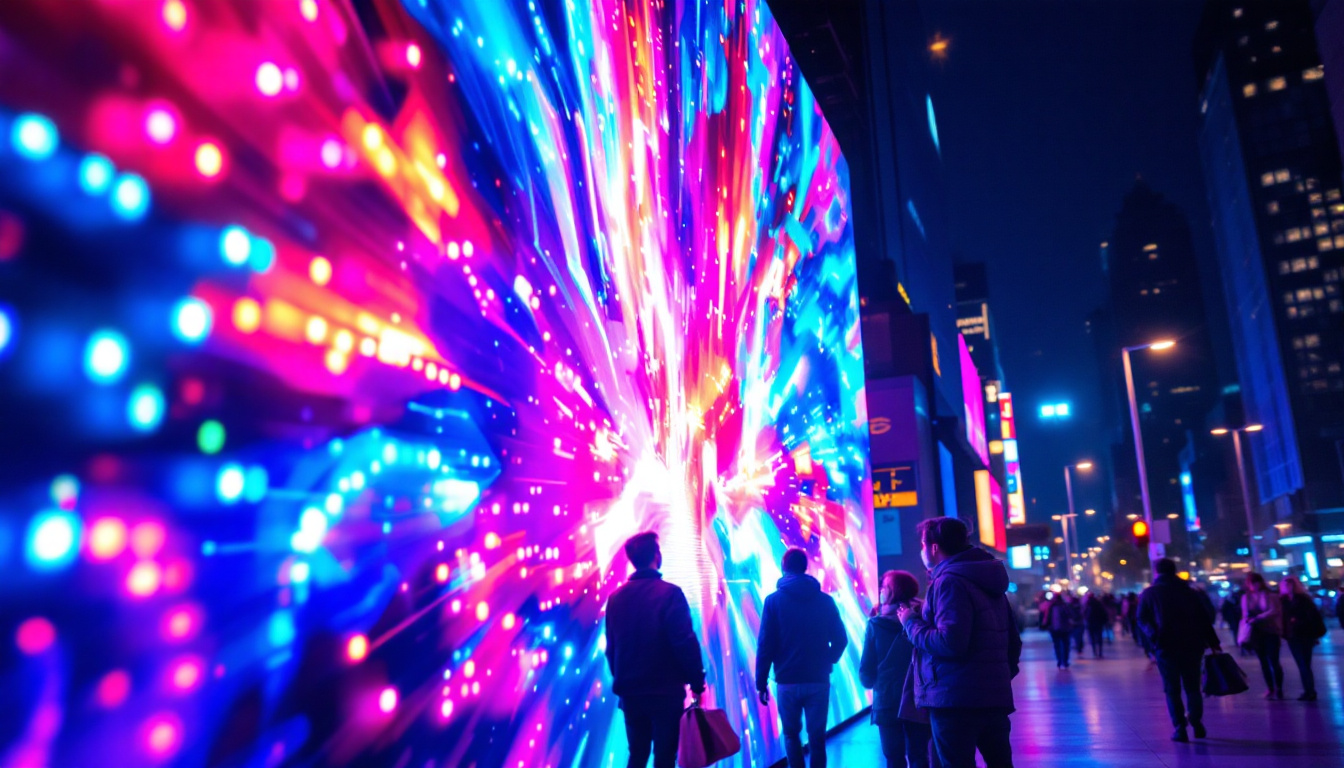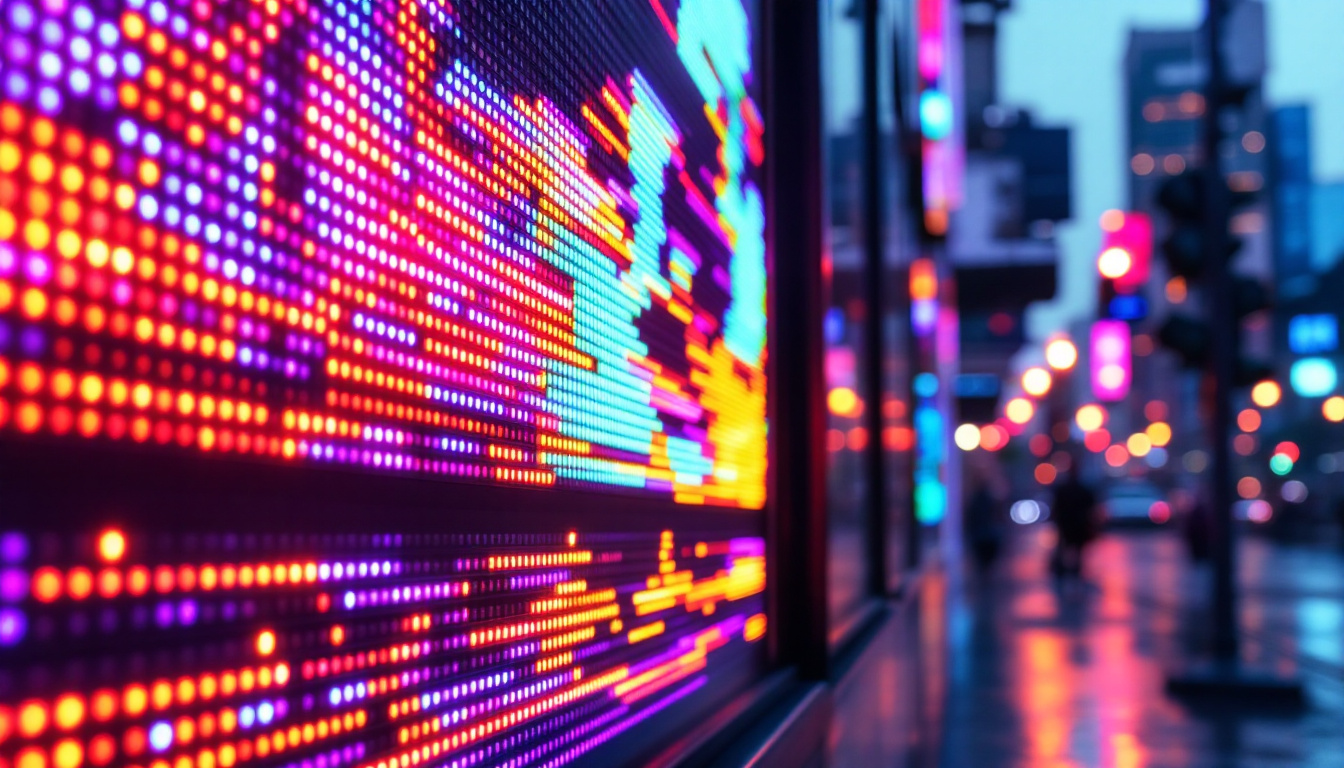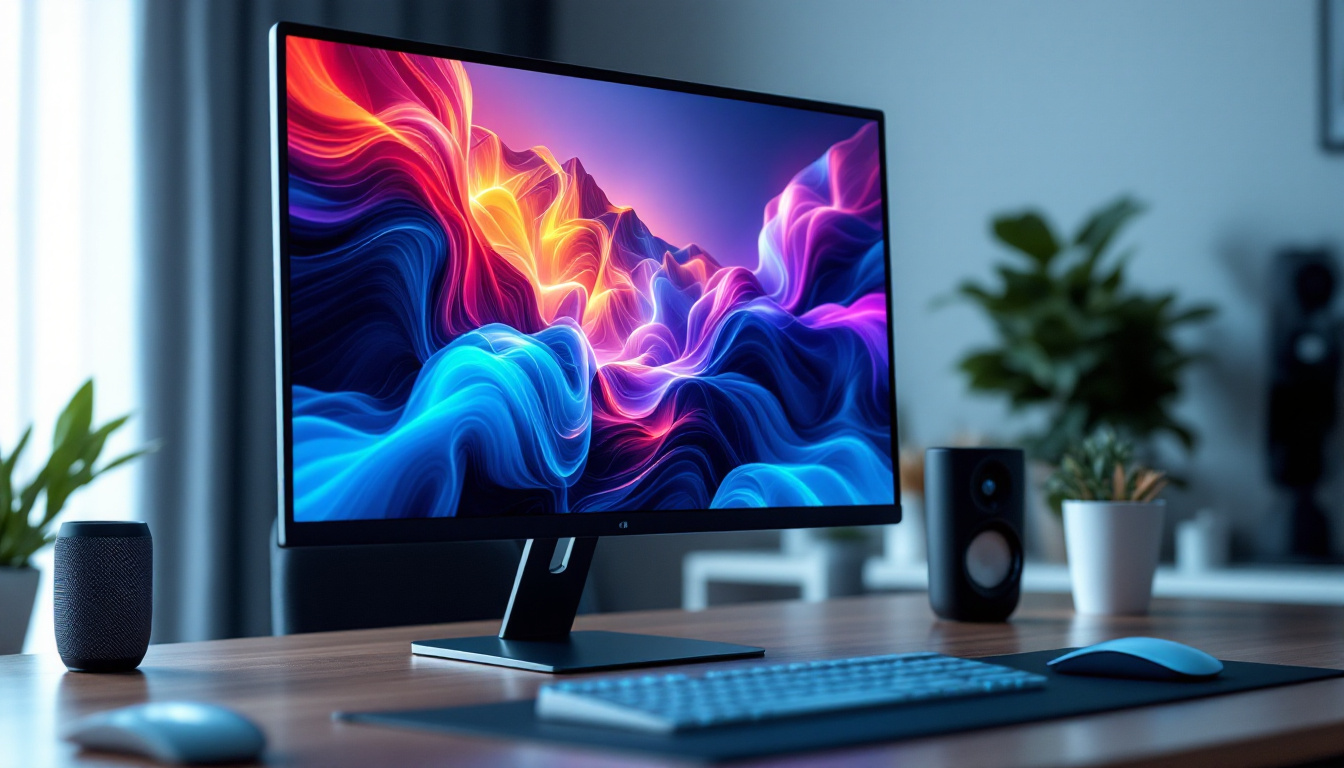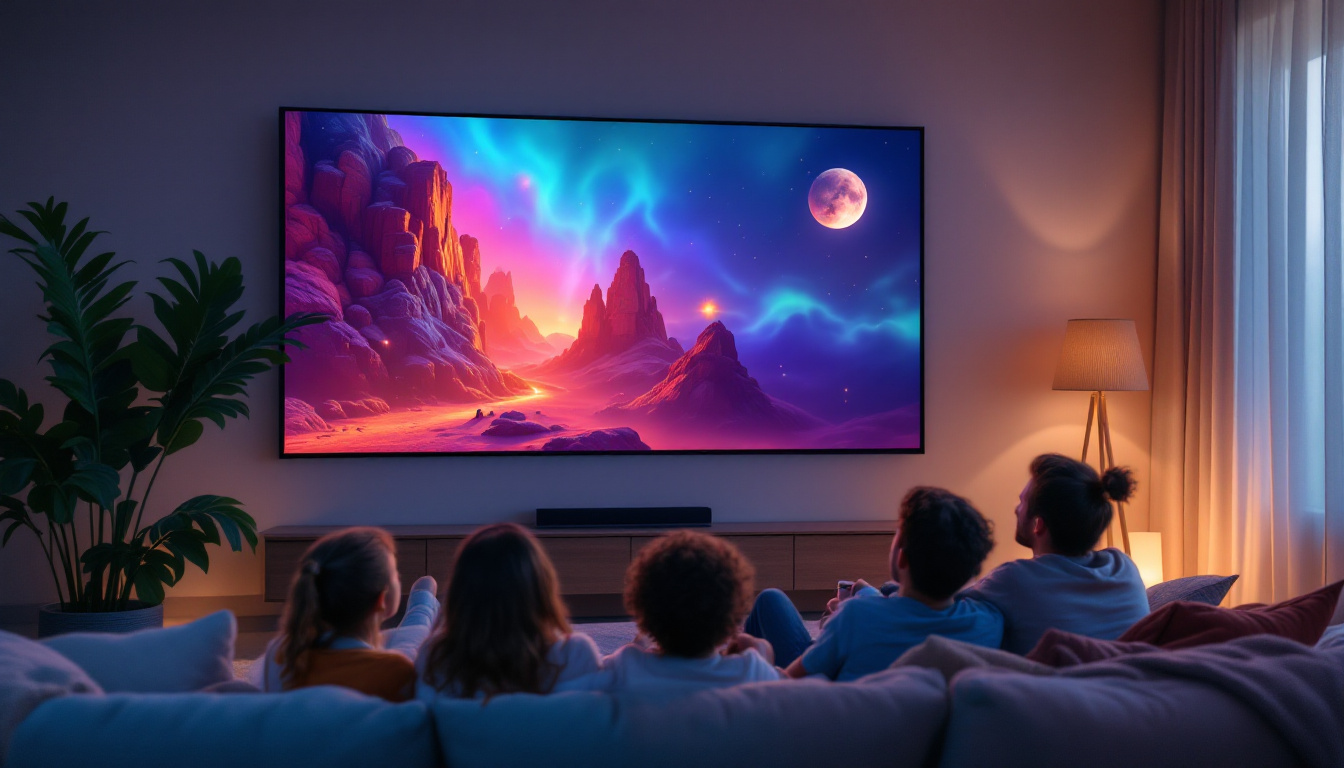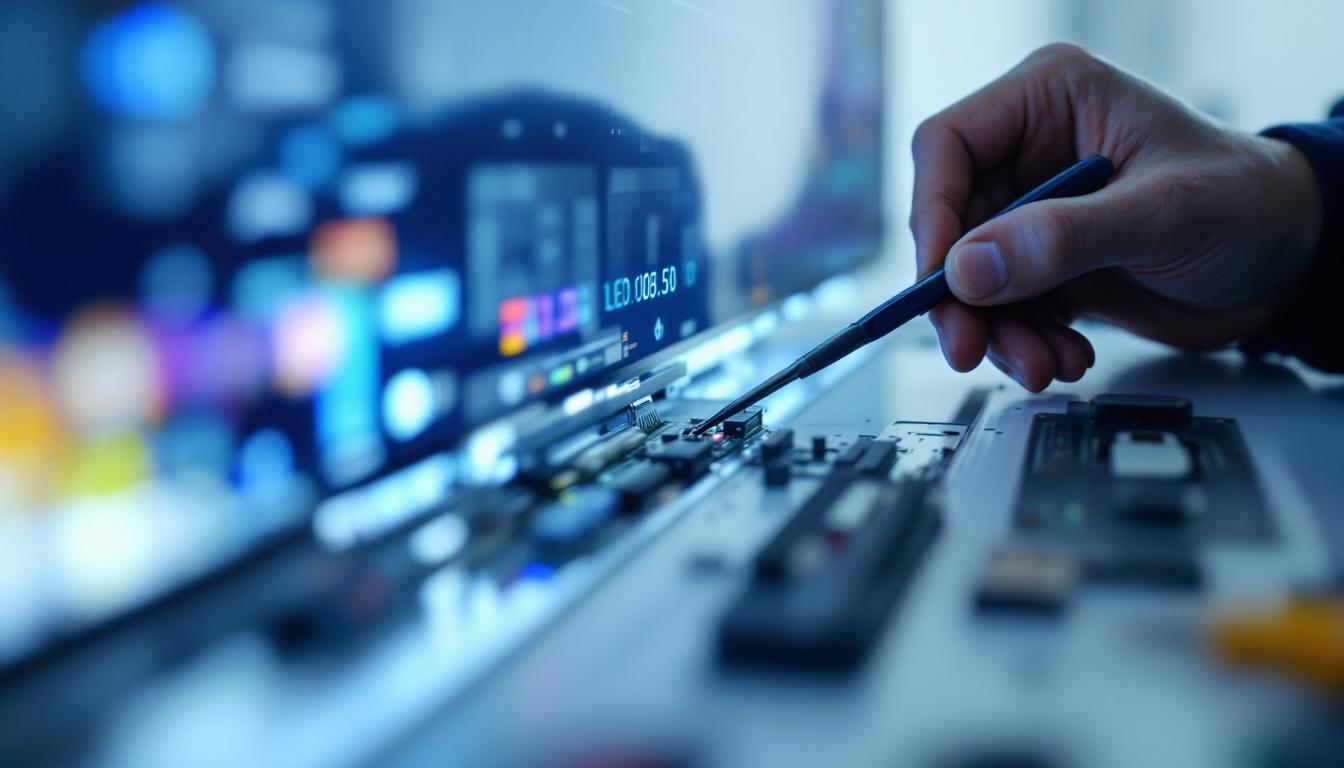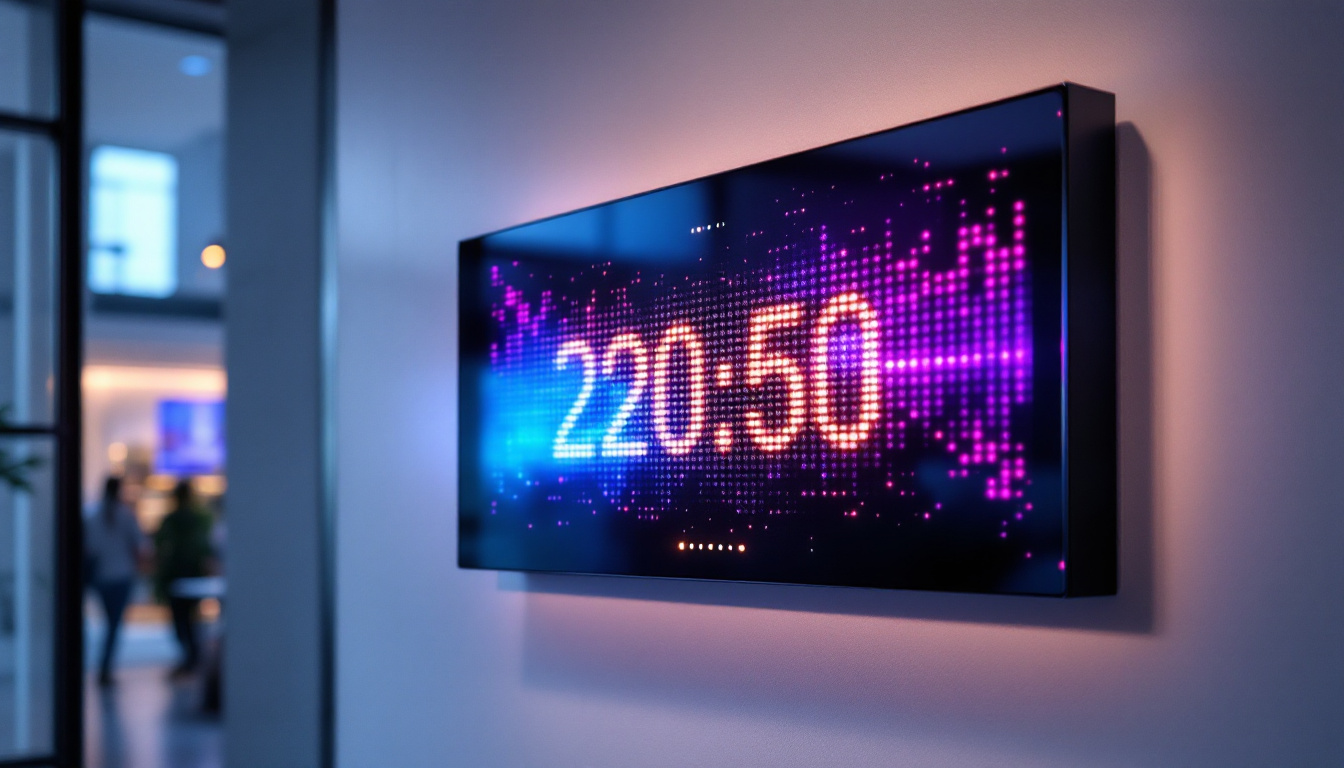In the ever-evolving world of audiovisual technology, projector screens have taken on new forms and functionalities. Among these advancements, LED displays have emerged as a popular choice for various events, presentations, and exhibitions. This article delves into the nuances of LED display technology, its advantages, and considerations for renting projector screens equipped with LED capabilities.
Understanding LED Display Technology
LED, or Light Emitting Diode, technology has transformed the way visuals are presented across different platforms. Unlike traditional projector screens that rely on projectors to display images, LED displays utilize a matrix of tiny light-emitting diodes to create vibrant, high-resolution visuals. This technology is not only versatile but also highly efficient, making it a preferred choice for many event organizers. The ability to produce bright colors and deep blacks enhances the overall viewing experience, making LED displays particularly popular in environments where visual impact is critical, such as advertising, entertainment, and information dissemination.
How LED Displays Work
At the core of LED display technology are the individual diodes that emit light when an electric current passes through them. These diodes are arranged in a grid format, allowing them to produce images by varying the intensity and color of the emitted light. This grid can be scaled to any size, making LED displays highly adaptable for different venues, from small conference rooms to large outdoor arenas. The modular nature of LED technology means that displays can be easily expanded or reconfigured to suit specific needs, providing flexibility that is often unmatched by other display technologies.
The process begins with a video signal that is processed and sent to the LED display. Each diode corresponds to a pixel in the image, allowing for precise control over brightness and color. This results in stunning visuals that can captivate an audience, making LED displays an excellent choice for events where image quality is paramount. Furthermore, advancements in LED technology have led to the development of features like high refresh rates and wide viewing angles, ensuring that the visuals remain sharp and vibrant from various perspectives, which is especially beneficial in large venues.
Types of LED Displays
LED displays come in various types, each suited for specific applications. The most common types include:
- Indoor LED Displays: These are designed for use in controlled environments, such as conference halls and theaters. They offer high resolution and brightness, ensuring that visuals are clear even in well-lit spaces. Their lightweight design allows for easy installation and mobility, making them ideal for events that require quick setup and takedown.
- Outdoor LED Displays: Built to withstand the elements, outdoor LED displays are typically brighter and more durable. They are ideal for concerts, festivals, and sporting events where visibility from a distance is crucial. These displays often come with protective coatings to guard against moisture, dust, and UV rays, ensuring longevity and consistent performance in varying weather conditions.
- Transparent LED Displays: These innovative displays allow for visibility through the screen, making them perfect for retail environments and exhibitions where showcasing products behind the screen is essential. By combining aesthetics with functionality, transparent LED displays can create immersive experiences that attract customers while maintaining the visibility of merchandise.
In addition to these types, there are also specialized LED displays such as flexible LED screens, which can bend and curve to fit unique spaces or designs, and high-definition LED walls that provide unparalleled image clarity for large-scale presentations. As technology continues to evolve, the possibilities for LED displays are expanding, paving the way for even more creative applications in advertising, art installations, and interactive experiences.
Benefits of Renting LED Displays
Renting LED displays offers numerous advantages over purchasing them outright. This is particularly true for businesses and organizations that require high-quality visuals for temporary events. Here are some key benefits:
Cost-Effectiveness
One of the most significant advantages of renting LED displays is cost savings. Purchasing high-quality LED screens can be a substantial investment, especially for organizations that may only need them for a short period. Renting allows access to the latest technology without the financial burden of ownership.
Additionally, rental agreements often include maintenance and support, further reducing potential costs associated with repairs and technical issues that may arise during an event. This means that organizations can focus on their core activities without the added stress of managing equipment upkeep, ensuring that their events run smoothly and efficiently.
Access to the Latest Technology
The audiovisual industry is constantly advancing, with new technologies emerging regularly. Renting LED displays ensures that organizations can utilize the latest models equipped with cutting-edge features. This access to state-of-the-art technology can significantly enhance the overall quality of presentations and events.
Furthermore, rental companies often provide a variety of options, allowing clients to choose the best fit for their specific needs, whether it be resolution, size, or additional features like interactive capabilities. This variety not only caters to different types of events but also helps in creating a more engaging experience for attendees, as they can interact with the content in innovative ways, making the event memorable.
Flexibility and Scalability
Events can vary greatly in scale and requirements. Renting LED displays provides the flexibility to adjust the size and type of display based on the specific needs of each event. Whether it’s a small corporate meeting or a large outdoor festival, rental options can be tailored to ensure the best possible experience for attendees.
This scalability is particularly beneficial for organizations that frequently host events, as it allows them to adapt quickly to changing circumstances without the commitment of purchasing equipment that may not be used regularly. Moreover, rental services often include delivery, setup, and takedown, which can save valuable time and resources, allowing event organizers to concentrate on other critical aspects of their event planning, such as logistics, marketing, and audience engagement strategies.
Considerations When Renting LED Displays
While renting LED displays offers many benefits, there are several considerations to keep in mind to ensure a successful experience. Understanding these factors can help organizations make informed decisions when selecting the right equipment for their events.
Event Requirements
Before renting an LED display, it’s crucial to assess the specific requirements of the event. Considerations such as the venue size, audience distance from the screen, and lighting conditions will influence the type and size of the display needed.
For instance, outdoor events may require brighter displays to combat sunlight, while indoor events may prioritize higher resolution for close viewing. Understanding these requirements will help in selecting the most suitable LED display for the occasion.
Technical Support and Setup
Another important factor is the availability of technical support and setup services. Many rental companies provide on-site assistance to ensure that the display is set up correctly and functions smoothly throughout the event. This support can be invaluable, especially for organizations that may not have technical expertise in-house.
It’s advisable to inquire about the level of support included in the rental agreement, as well as any additional costs that may be associated with setup and teardown services.
Budget Considerations
Budgeting for an LED display rental involves more than just the rental fee. Organizations should consider additional costs such as delivery, setup, and any required accessories, like mounting hardware or audio equipment. Understanding the full scope of expenses will help in making a well-informed decision that aligns with the overall budget for the event.
Popular Applications for LED Displays
LED displays are versatile and can be used across various sectors and events. Their adaptability makes them suitable for numerous applications, enhancing the visual experience for audiences in different settings.
Corporate Events
In the corporate world, presentations are critical for conveying information effectively. LED displays provide high-quality visuals that can enhance presentations, making them more engaging and memorable. Whether for conferences, product launches, or training sessions, LED screens can display slides, videos, and live feeds with clarity and vibrancy.
Moreover, the ability to customize the display size and format allows companies to create impactful visual experiences tailored to their specific audience.
Entertainment and Events
From concerts to sporting events, LED displays have become a staple in the entertainment industry. They can be used for everything from displaying live feeds of performances to showcasing advertisements and sponsor logos. The bright, dynamic visuals of LED screens can create an electrifying atmosphere that enhances audience engagement.
Furthermore, the flexibility of LED displays allows for creative staging and immersive experiences, making events more memorable for attendees.
Retail and Advertising
In the retail sector, LED displays are increasingly used for advertising and promotions. Their eye-catching visuals can attract customers and effectively communicate brand messages. Transparent LED displays, in particular, allow retailers to showcase products while simultaneously displaying advertisements, creating a unique shopping experience.
Additionally, the ability to update content quickly and easily makes LED displays an effective tool for dynamic marketing strategies, allowing businesses to respond to trends and customer preferences in real time.
Conclusion
As technology continues to advance, LED displays are becoming an integral part of the audiovisual landscape. Their vibrant visuals, flexibility, and cost-effectiveness make them an attractive option for a wide range of events and applications. Renting LED displays offers organizations the opportunity to leverage the latest technology without the financial commitment of ownership, providing a practical solution for enhancing presentations and engaging audiences.
By understanding the intricacies of LED display technology and considering the specific needs of each event, organizations can make informed decisions that elevate their visual presentations. Whether for corporate events, entertainment, or retail, LED displays are poised to play a crucial role in the future of visual communication.
Discover LumenMatrix LED Display Solutions
Ready to elevate your next event with the vibrant and flexible visual solutions discussed in this article? LumenMatrix is at the forefront of LED display technology, offering a comprehensive range of products from Indoor and Outdoor LED Wall Displays to innovative solutions like Vehicle LED Displays and LED Transparent Displays. Embrace the future of visual communication with our cutting-edge LED display modules that promise to enhance your brand visibility and captivate your audience. Don’t miss the opportunity to create a memorable visual experience. Check out LumenMatrix LED Display Solutions today and see your events transform into engaging spectacles.

